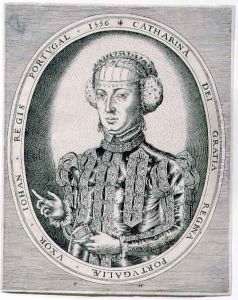Franz Huys Paintings
Franz Huys was a Flemish engraver and draughtsman born in Antwerp in 1522. Although much of his early life is not well documented, he is known to have been a pupil of the celebrated artist Pieter Bruegel the Elder. As with many artists of the time, Huys’s works were heavily influenced by his teacher, and his engravings often reflected Bruegel's style and subjects.
Franz Huys's engravings mainly consisted of religious subjects, allegories, and genre scenes. He was skilled in translating the detailed compositions of Bruegel into prints, which allowed for a wider dissemination of the original artworks. His engravings served not only as works of art but also as a means of circulating Bruegel's designs throughout Europe. This was particularly significant during a period when prints were one of the few ways to reproduce and share artwork.
Huys worked during a period of great religious upheaval in Europe, the Reformation and the Counter-Reformation, which had a significant impact on the art produced during this time. Despite the religious and political turmoil, the art market in Antwerp was thriving, and Huys's works were part of this vibrant cultural scene.
Unfortunately, Huys did not achieve the same level of fame as his master Bruegel. He died in 1562, and while his works are less known today, they remain a testament to the skill and artistic exchanges of the period. His contributions to the world of printmaking and the dissemination of Northern Renaissance art have earned him a place in the history of art, primarily as a figure who helped to perpetuate the legacy of Bruegel's compositions.
